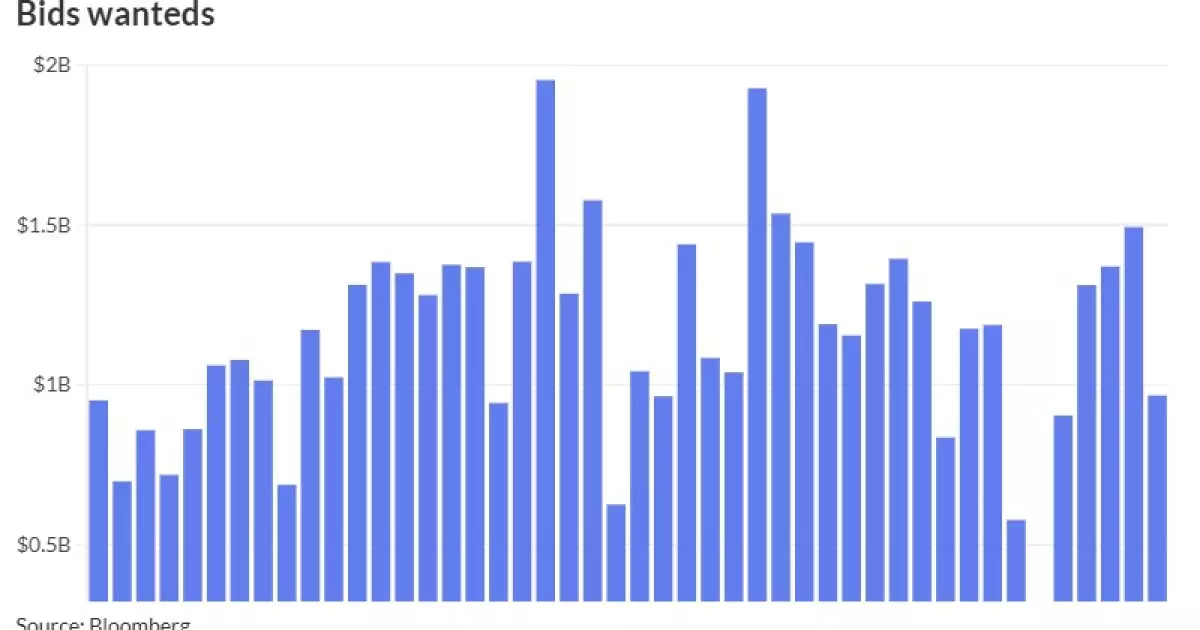Municipal bonds, commonly known as “munis,” play a crucial role in the overall bond market by helping local and state governments fund various projects and initiatives. Investors often turn to these fixed-income securities for their attractive tax-exempt interest income. Recently, the dynamics of the municipal bond market have been subject to fluctuations, primarily influenced by broader market trends, including U.S. Treasuries and stock performance. Understanding these trends is critical for both new and seasoned investors looking to navigate this area effectively.
Insight into recent market activity highlights that municipal bond yields have demonstrated relative stability, albeit with slight weaknesses in certain areas. Investors have recently shifted their focus towards upcoming new issues, indicating a degree of caution among participants. This situation has resulted in minimal changes in municipal yield curves, which exhibit slight declines by mere basis points. Contrasting this, U.S. Treasuries faced more significant losses along the yield curve, with reductions ranging from three to six basis points, predominantly affecting longer maturities.
Further analysis shows that the ratios comparing municipal bonds to U.S. Treasuries have seen marginal declines. These shifts indicate adjustments in investor sentiment and market positioning, suggesting that while munis remain attractive, the overall performance of USTs is affecting relative valuations.
Among the highlights in municipal bond issuance is a substantial offering of state sales tax revenue refunding bonds for the Dormitory Authority of the State of New York, priced by Morgan Stanley at an impressive $2.158 billion. The bond series demonstrated a diverse maturity structure, with varying interest rates ranging from 2.65% to 4.12%, reflecting investors’ demand amid a robust credit rating for the offering. Such high-profile issuances underline the increasing demand for municipal bonds, driven by favorable economic fundamentals and a variety of potential applications for the financed projects.
Equally important is the overall trend in municipal securities across states such as Massachusetts, where upcoming competitive loans worth $800 million are generating significant attention. Experts suggest that while Massachusetts general obligation bonds remain solid core holdings for many portfolios, they are not expected to outperform amid the current yield environment. This epitomizes the delicate balance that investors must maintain between seeking yield and understanding the broader market context.
Despite the subdued supply levels, particularly in New York, the municipal market has managed to remain positive as indicated by performance metrics like the Bloomberg Municipal Index. Reporting a modest increase of 0.33% in December, coupled with an impressive 2.88% year-to-date performance, suggests that investors have been safeguarded against volatility during this fiscal period. Meanwhile, the high-yield municipal index maintains a strong return of 8.41% this year, emphasizing the attractive risk-reward profile that these securities can offer.
Employee insights from BlackRock indicate a cautious yet optimistic approach regarding the performance of the municipal market in the forthcoming months. Historical data shows that December and January consistently yield favorable returns, with performances contributing significantly to full-year totals. Such patterns illustrate a seasonal trend worth noting, as investor behavior might shift as they consider year-end strategies and rebalancing of portfolios.
Investment strategists advise adopting a barbell strategy, focusing on both short-term securities and longer maturities within the municipal bond market. This approach allows for flexibility and the potential to capitalize on future interest rate movements while also ensuring portfolio stability. With an overarching preference for higher-quality bonds, investors have been encouraged to explore high-yield options selectively, which provide promising risk-adjusted returns and strategic alpha generation.
The municipal bond landscape is evolving with a complex interplay of factors that investors must navigate carefully. While the current issuance trends and market behavior indicate optimistic prospects, maintaining a strategic outlook is paramount in an ever-changing financial environment. As the market fluctuates, investors will need to continue to reassess their strategies to optimize returns, particularly in light of upcoming new issues and evolving economic conditions.


Leave a Reply